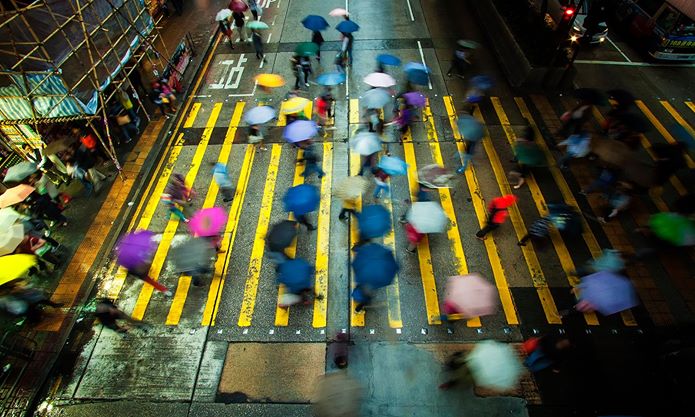In Beijing, the past trembles before the future. Nowhere on earth is the fast-forward button pressed with such might and frequency. Nowhere else do the centuries disappear into the night, handed over to starchitect Zaha Hadid’s Galaxy Soho, a building that looks like four UFO’s have landed around a traditional Chinese courtyard, or to shopping malls called the Place or the Village, or to ring roads that encircle the Forbidden City carrying millions of cars, each barely inching forward through the haze of pollution that the government euphemistically likes to call “bad weather.” And yet even as you slide past the ghost buildings that line the impossibly wide boulevards, broken up only by flashing billboards of Western beauties hawking Dior, you start to think: This is where it’s at. Beijing, China’s political capital, is where the future will be partly decided and packaged and presented to large swaths of the globe. Even a few of the foreign denizens of the financial capital, Shanghai, tell me they’d rather move to Beijing, if only to better grease the palms of those who actually wield power, the functionaries of China’s Communist Party. I’ve met many Europeans who proudly announce that they’ve never in their entire lives visited New York. To participate in the 21st century and not know Beijing will require similar pride. Or foolishness. In fact, the saddest flight in the world is from America’s decrepit Newark Liberty International Airport, essentially a giant bathroom with airplanes, to the gleaming and sinuous Norman Foster–designed Beijing Capital International Airport.
I’d been preparing for Beijing’s notorious pollution, stocking up on every asthma inhaler known to man, but on my visit I get lucky. Most of it coincides with the Two Sessions of the National People’s Congress and Chinese People’s Political Consultative Conference. In preparation for these grand fêtes, the pollution around the capital magically dissipates, and the air, while not British-Columbia-fresh, smells merely like an older dog after exertion. The Two Sessions brings Communist partyers from all over the land to Beijing, but if you were picturing dour Maoists in polyester suits, you don’t know the New China! The locals call this “Beijing Fashion Week,” and China’s Netizens have a ball checking out the latest in Communist apparel, noting attendees clad in the latest Hermès leather belt (20,000 yuan, or about $3,000), or toting the finest Hermès Birkin bag (about $16,000). But let’s not forget the standard Chanel necklaces and the all-important Bottega Veneta leather briefcase. No wonder a ramble through the still-shockingly-stunning Forbidden City ends in a man-made jumble of rock called the Hill of Accumulated Elegance. If only I had paid more attention during my Introduction to Marxist Thought seminars at Oberlin College, I too could have been zipping around town in one of the long black Audi A8’s to which the ruling elites are quite partial (“Audi, the official car of official corruption,” a local tells me), instead of huffing along in one of the ubiquitous Volkswagen Santana cabs. But this is true of Beijing: everything here is political, down to which karaoke bar you frequent and which ethnic noodles you slurp down. You stand there in the middle of Tiananmen Square, watching Jumbotrons play patriotic music as images of Tibet, Macao, and Taiwan (who knew the island nation had already rejoined the mainland?) flash by, watching the lampposts with their dozens of loudspeakers and hundreds of CCTV cameras watching you. It’s all out of scale, and out of sync, and then suddenly you see a two-year-old boy barely tottering on his feet, but already coming up to everyone he meets with a smile and a handshake. “Future party leader,” says my friend Lilly Kam.
Read more about Gary’s adventure in Beijing here.

[Photos via Alex Grégoire-Denicourt]













